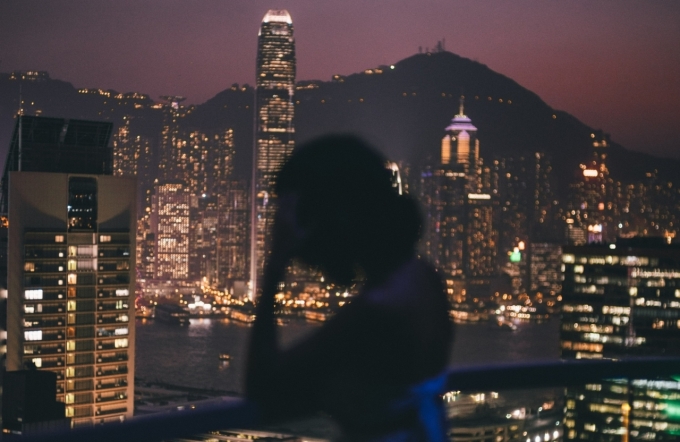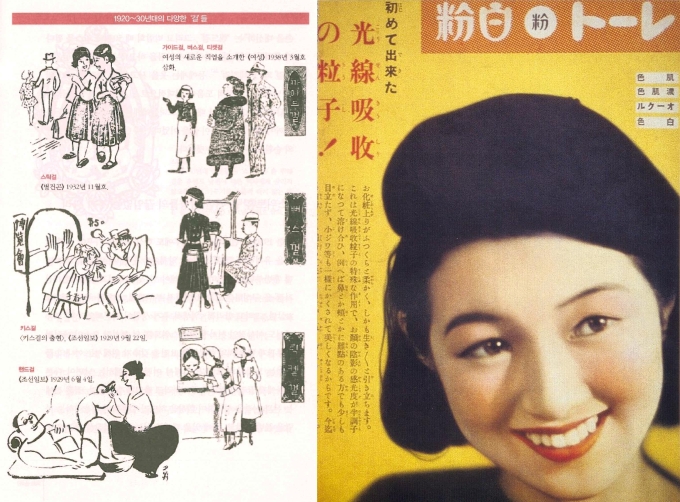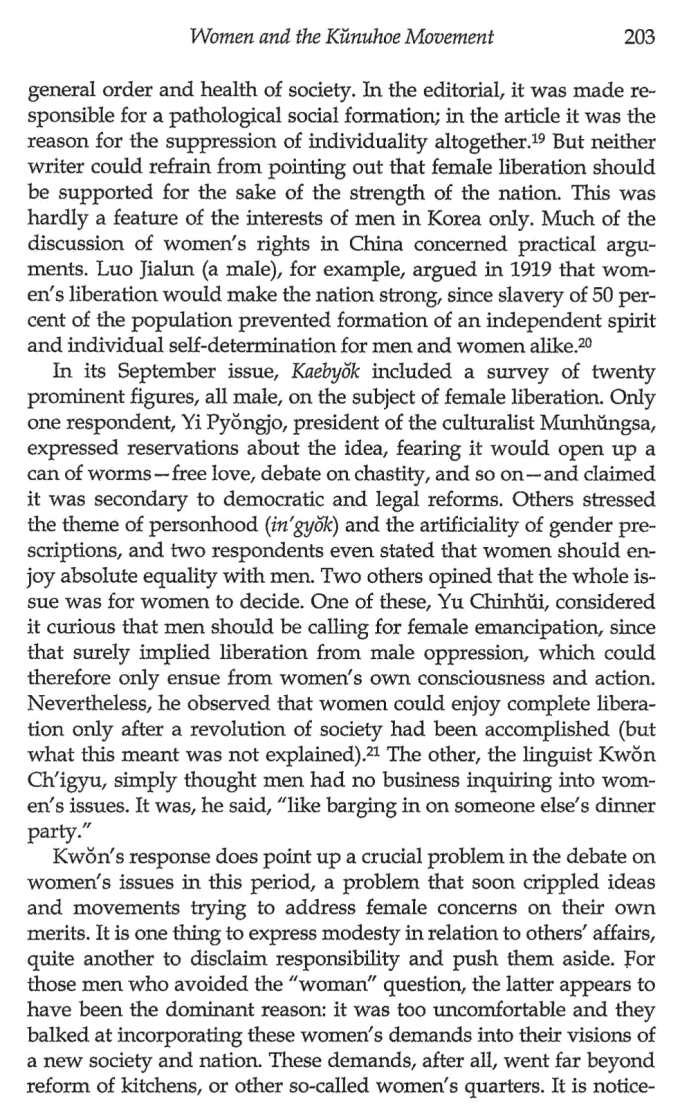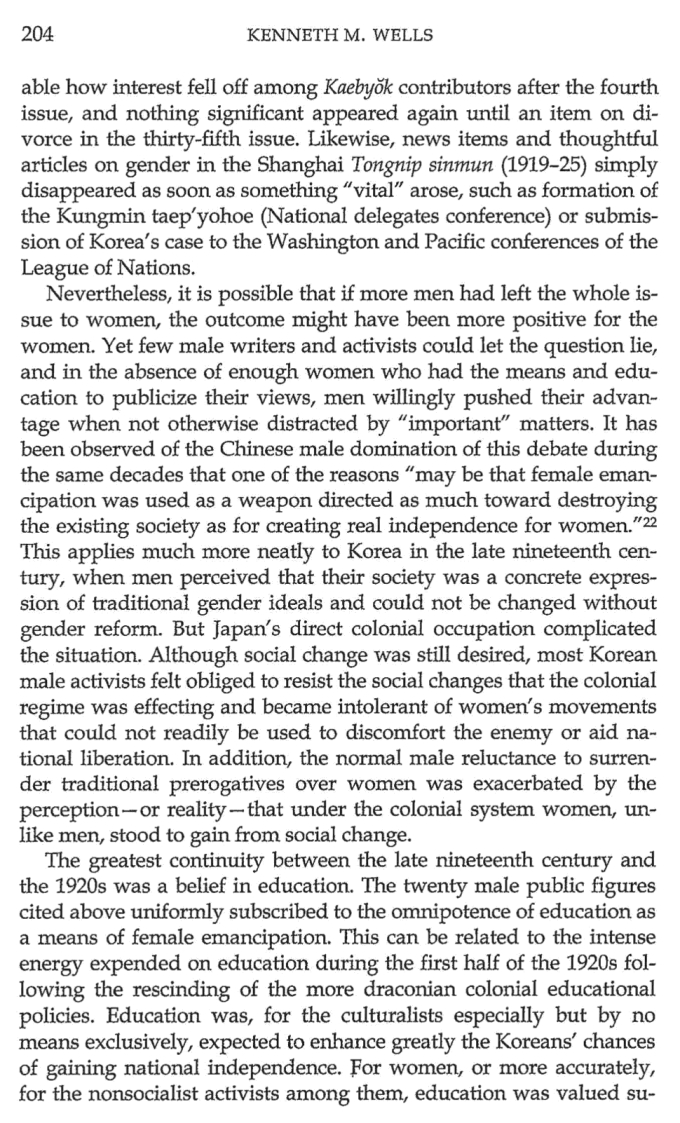I know what vernacular modernism means, and I’m not afraid to use it.
 Estimated reading time: 8 minutes. Photo by Aleisha Kalina on Unsplash.
Estimated reading time: 8 minutes. Photo by Aleisha Kalina on Unsplash.
It’s tough impressing guests at my cocktail parties these days.
By definition, all of them are already bibliophiles—why else would I invite them? But that also means some guests don’t so much as bat an eyelid at my paltry 1500+ tomes, no matter how strategically I arrange their titles.
Hitherto my main trump card, and source of cultural capital, suddenly being exposed as neither smart nor well-read has become a real source of concern. And, when I do sense a guest’s moment of realization is finally arriving, my cats, trained to pose for Instagram, can only distract them for so long.
Increasingly desperate then, I’ve started preparing for said parties by attending esoteric Zoom presentations, hoping to drop the big words I learn therein. In particular, I now have “vernacular modernism” saved in my repertoire, which I first heard of via Northern Illinois University Professor E. Taylor Atkins talking about his new book, A History of Popular Culture in Japan: From the Seventeenth Century to the Present (2nd. ed., 2022):
(From 28:10) “Into the Twentieth Century, I write about the culture of…Japanese modernism, as expressed in these two icons, the mobo and the moga, and the era of what’s called ‘Erotic Grotesque Nonsense.’ One of the arguments I make in the book, is that if you went to Japan in the 1910s, ‘20s, and ‘30s, you would recognize a lot of the forms of entertainment, because they were…at least originally, they came from other parts of the world, particularly North America and Europe. But they also looked different. Scholars call this ‘vernacular modernism.’ Where [something is] part of a global movement, but is articulated in very specific ways in specific places and for specific reasons. And so, even though these people look like flappers and dandies…and they evoke some of the same moral panic, they also were challenging very specifically Japanese norms and were fulfilling particular Japanese needs.”
I hear your thoughts, all half-dozen or so of you still reading: what grown adult only hears of vernacular modernism for the first time in their late-40s? How can I even call myself a man? Have I no shame at all??
 “How could he string me along like that? I really thought he would have more books…(Sigh) Men can be such pigs…”. Photo (cropped) by Killian Pham on Unsplash.
“How could he string me along like that? I really thought he would have more books…(Sigh) Men can be such pigs…”. Photo (cropped) by Killian Pham on Unsplash.
But I’ll be way ahead of any guests voicing the same, already reaching for their raincoats and umbrellas. For I’ll use a cunning trick on them I’ve learned from a local book club I recently joined.
In those meetings, which are twice a week. we read our own books silently for an hour, then have a quick bathroom break, then go around in turns quickly summarizing our books, before finally posing a related question to the other members to answer. The ensuing discussions generally last until we’re kicked out of the various coffee shops. And—you guessed it—the most interesting and lively conversations tend to spring from questions that actually have no relationship to people’s books at all. So too, given how obvious my need for constant validation is, you can also guess that a not inconsiderable amount of my free time between meetings is spent preparing the most popular questions. Then, on procuring related books I can bring along to feign they just spontaneously came to me from my casual, cursory hour’s reading.
So, I will distract and impress my more discerning cocktail party guests not with big words, but by posing the first titular question: How were Korean new women and modern girls different…to their equivalents in other countries? Other than so many of their new fashions, beauty products, consumer goods, new education and employment opportunities, new beliefs about family life, sexuality, and women’s rights, being so closely associated with, forced by, enabled through, and/or utterly tainted by the Japanese colonial regime that is?
“Interesting questions James,” my guests will reply, stumped. “We misjudged you. Let’s bring your cats back for some more cute photos, then brainstorm some ideas. Oh, you already have a whiteboard and markers set up in the next room you say?”
Yes, I’m vastly overgeneralizing. But I know you too are intrigued by the prospect of learning the extent of the similarities and differences between Korean women and their Taiwanese and Manchurian counterparts in the 1920s and ’30s, let alone between those living in other colonial regimes. Indeed, the party will only just be getting started.
 Left: “The various types of ‘girls’ in the 1920s to 1930s”; scan, 예쁜 여자 만들기, p. 245. Right: Actor Hideko Takamine, Japanese White Powder Foundation advertisement, 1930s; via The Flapper Girl.
Left: “The various types of ‘girls’ in the 1920s to 1930s”; scan, 예쁜 여자 만들기, p. 245. Right: Actor Hideko Takamine, Japanese White Powder Foundation advertisement, 1930s; via The Flapper Girl.
Unfortunately, my desire to learn from my guests’ answers will be so genuine, that I’ll quickly forget all my pretensions to aloofness and sophistication. So, when we move on to the next question, I’ll be quite unable to restrain my joy at recently (re)discovering an exceptional background source, and wanting to repay by sharing. Namely, albeit again vastly overgeneralizing, one that elaborates on how Korean women’s rights were put on the backburner in the first half of the Twentieth Century for the sake of focusing on liberation from the Japanese, then in the second half for the sake of democratization—which has basically informed just about everything I’ve ever written about Korean feminism here for the last 16 years. That is, Colonial Modernity in Korea, edited by Gi-Wook Shin and Michael Robinson (1999), and more specifically Chapter 7. “The Price of Legitimacy: Women and the Kunuhoe Movement, 1927–1931” by Kenneth M. Wells. Fortunately, much of the chapter is available via Google Books, including the following four pages (192-193, and 203-204) that will surely persuade you to buy your own copy:




 Frankly, I’m embarrassed that this was a lengthy rediscovery—rather than immediately hitting the books the moment my curiosity was piqued by Atkins’s lecture, all I had to do was consult my own courses. I suspect it is not my—the—original source for that overarching narrative about Korean feminism either. More likely, that would have been a chapter in Under Construction: The Gendering of Modernity, Class, and Consumption in the Republic of Korea, edited by Laurel Kendall (2002) which I read first, and would have easily been the most relevant and useful book on Korean feminism available until Flowers of Fire: The Inside Story of South Korea’s Feminist Movement and What It Means for Women’s Rights Worldwide by Hawon Jung that came out earlier this year.
Frankly, I’m embarrassed that this was a lengthy rediscovery—rather than immediately hitting the books the moment my curiosity was piqued by Atkins’s lecture, all I had to do was consult my own courses. I suspect it is not my—the—original source for that overarching narrative about Korean feminism either. More likely, that would have been a chapter in Under Construction: The Gendering of Modernity, Class, and Consumption in the Republic of Korea, edited by Laurel Kendall (2002) which I read first, and would have easily been the most relevant and useful book on Korean feminism available until Flowers of Fire: The Inside Story of South Korea’s Feminist Movement and What It Means for Women’s Rights Worldwide by Hawon Jung that came out earlier this year.
But only embarrassed by myself to myself, because clearly I’m already way past being worried about my reputation among you, my dear readers. And glad to have had the opportunity to recommend a book too you, or more generally to have shared something useful and/or interesting. Because no matter how long I sometimes take to get there, that, after all, is always the point.
 “Pretty weird guy, but…yeah, that does sound like a good book. I must order it post haste.” Photo by Brooke Cagle on Unsplash.
“Pretty weird guy, but…yeah, that does sound like a good book. I must order it post haste.” Photo by Brooke Cagle on Unsplash.
On which note, so what if, technically speaking, I haven’t actually had a single guest in my home since moving in six months ago? Or that my toasting my cats with Pepsi lime zero and cheap whiskey every other evening for, say, not vomiting over my meager possessions that day, doesn’t exactly qualify as my hosting “lavish cocktail parties” either? These are mere minutiae in the pursuit of great art. Or, indeed, of great books!
Related Posts:
- “Vernacular Modernism” in Modern Korea: Lee Quede’s Hyangtosaek by Yeon Shim Chung (2021)—The original, longer version of a book chapter published in Interpreting Modernism in Korean Art: Fluidity and Fragmentation, edited by Kyunghee Pyun and Jung-ah Woo. NY: Routledge (2022).
- To Understand Modern Korean Misogyny, Look to the Modern Girls of the 1930s
- “Making Pretty Women” (예쁜 여자 만들기) — Consumerism, S-lines, and Learning that Healthy≠Beautiful in 1930s Korea
- Tamura Toshiko: The ‘New Woman’ Feminist in Early Modern Japan
- Revealing the Korean Body Politic, Part 8: The Bare-Leg Bars of 1942
- The Hidden Roots of Korea’s Gender Wars
If you reside in South Korea, you can donate via wire transfer: Turnbull James Edward (Kookmin Bank/국민은행, 563401-01-214324)


thanks for your blogs
LikeLike